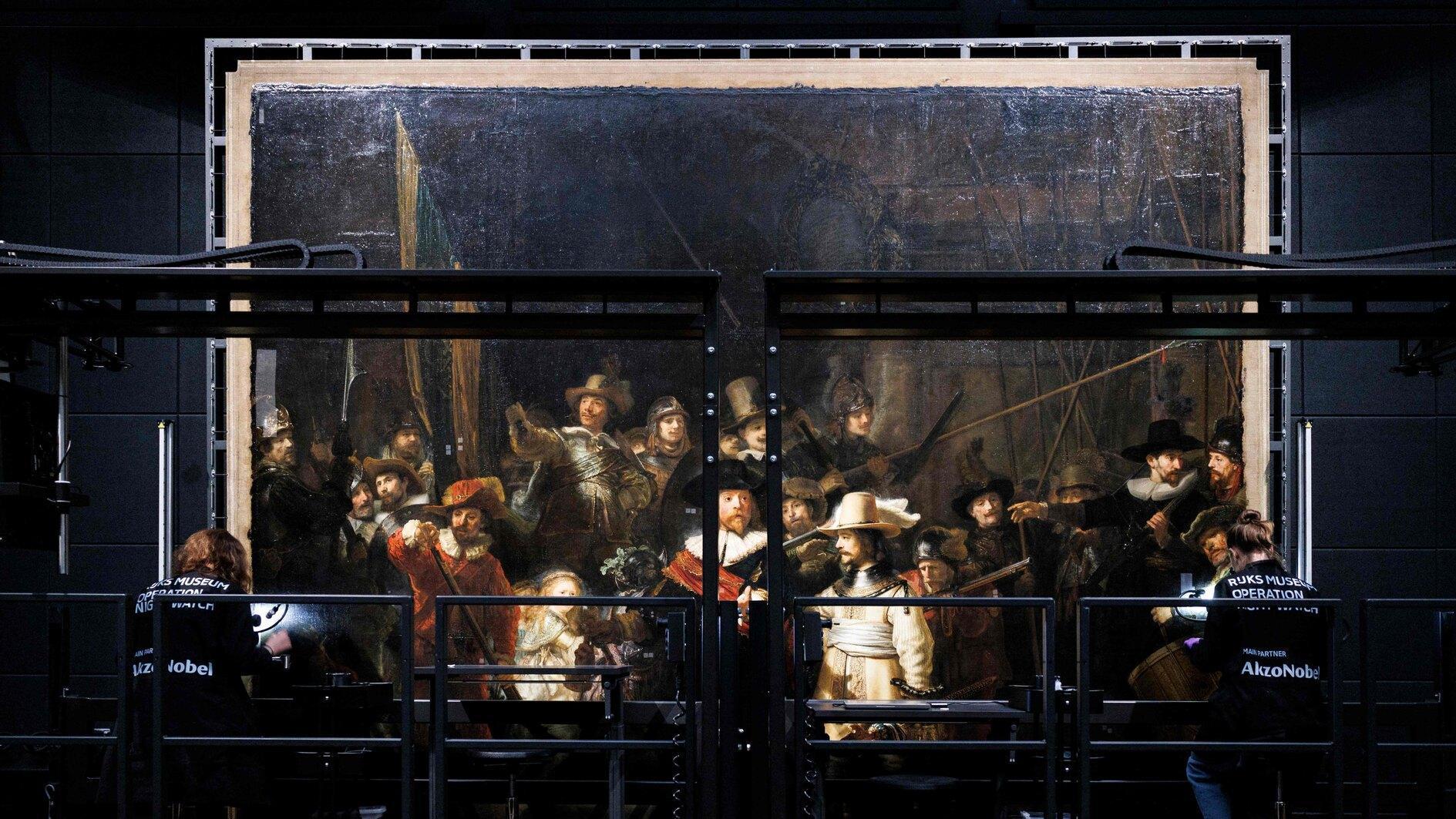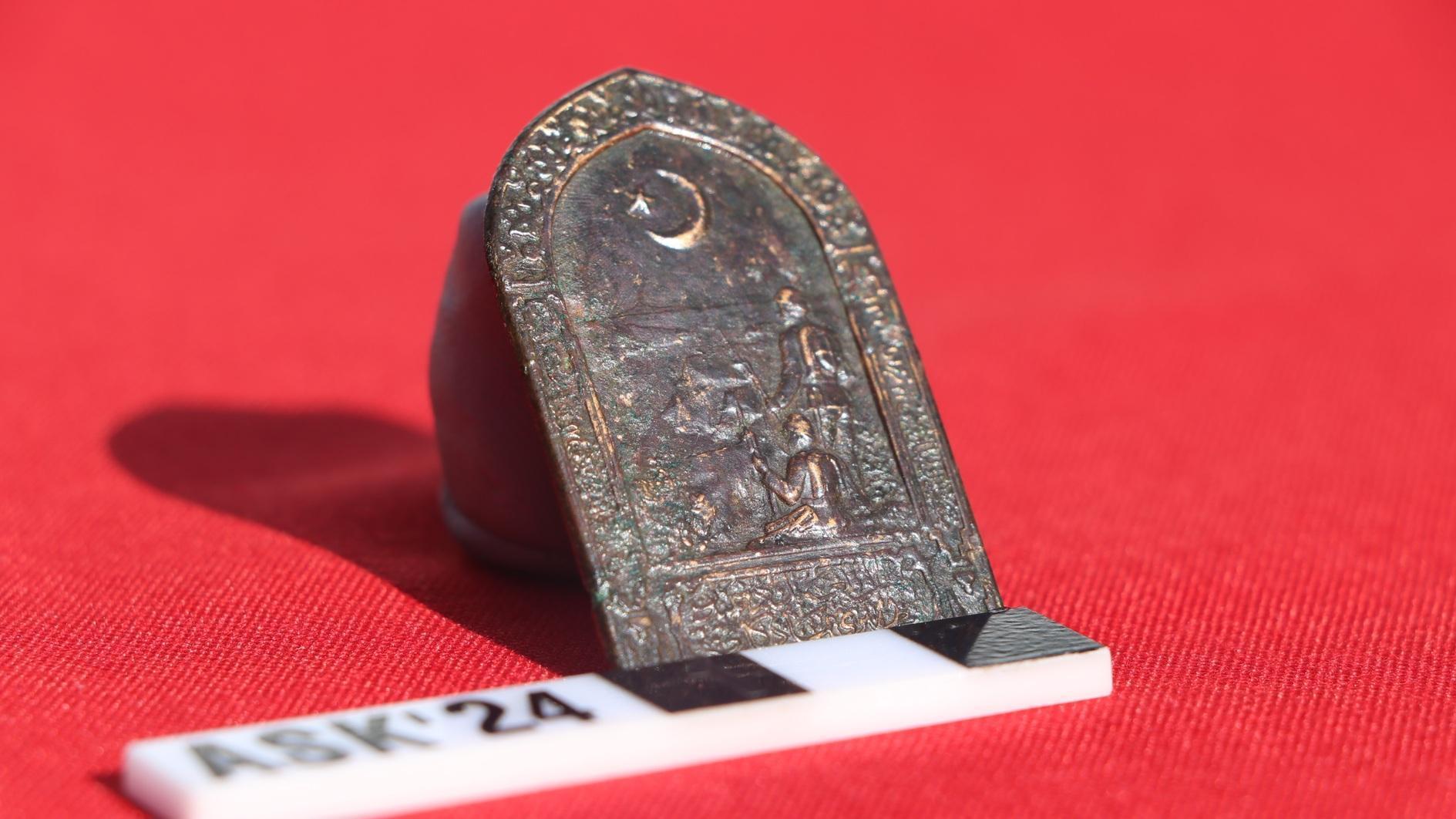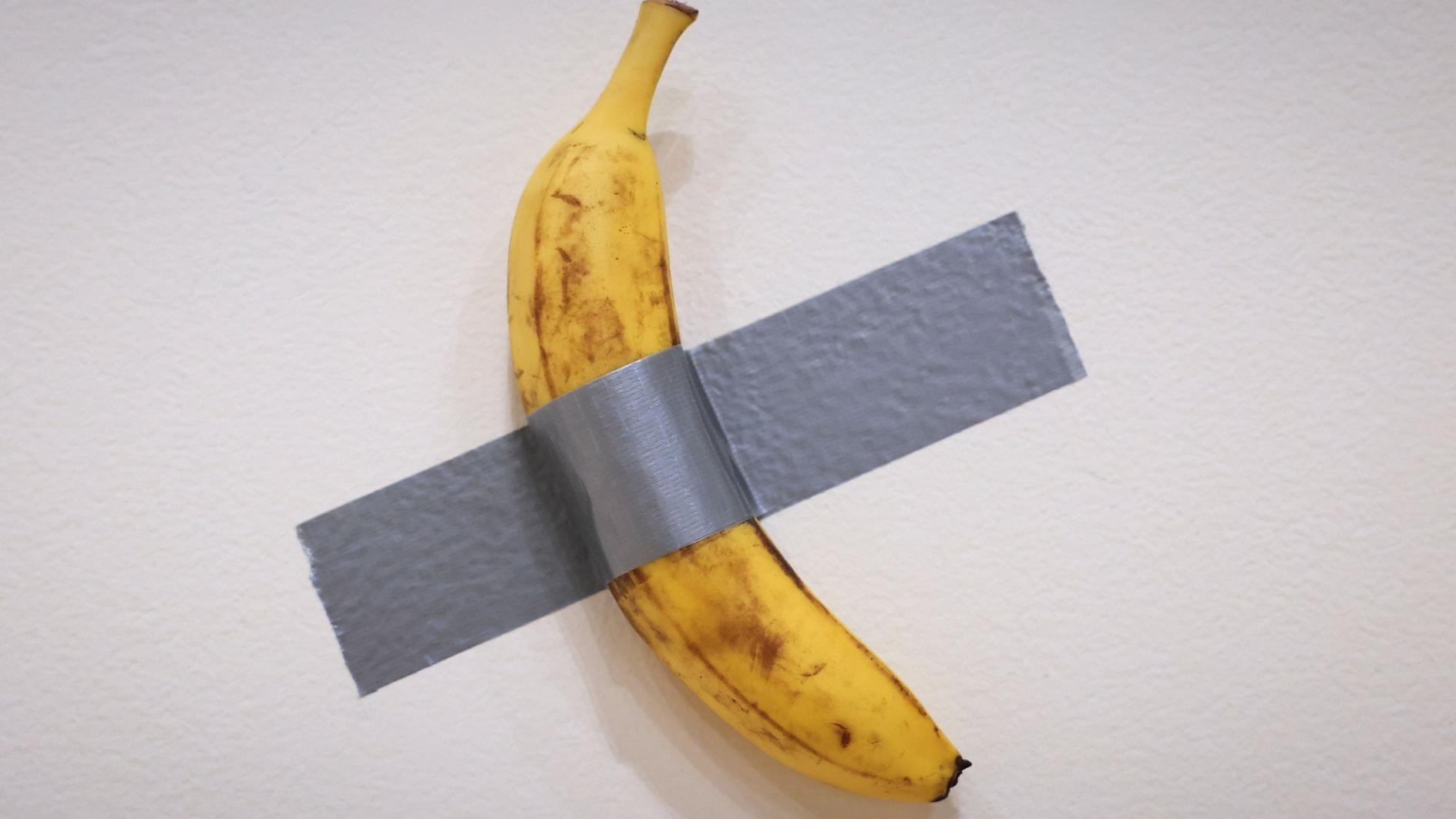US patrols disputed South China Sea after China’s massive drill
ABOARD THE USS THEODORE ROOSEVELT

In a span of 20 minutes, 20 F-18 fighter jets took off and landed on the USS Theodore Roosevelt aircraft carrier, in a powerful display of military precision and efficiency.
The nuclear-powered warship, leading a carrier strike group, was conducting what the U.S. military called routine training in the disputed South China Sea on April 10, headed for a port call in the Philippines, a defense treaty ally.
The United States is not alone in carrying out naval patrols in the strategic waterway, where Chinese, Japanese and some Southeast Asian navies operate, possibly increasing tensions and risking accidents at sea.
“We have seen Chinese ships around us,” Rear Admiral Steve Koehler, the strike group commander, told a small group of reporters on board the three-decade-old carrier.
“They are one of the navies that operate in the South China Sea but I would tell you that we have seen nothing but professional work out of the ships we have encountered.”
Navies in the western Pacific, including China and nine Southeast Asian countries, have been working on a code of unexpected encounters (CUES) at sea to avoid conflict.
The U.S.S. Theodore Roosevelt’s presence in the South China Sea comes days after China’s massive air and naval drills in the area, in what some analysts described as an unusually large display of Beijing’s growing naval might.
China’s navy on April 11 warning to other ships on social media that they would be holding drills until April 13 in the region south of Sanya city in southwest China’s Hainan province, without giving additional details.
China’s growing military presence in the waters has fuelled concern in the West about Beijing’s end game.
The United States has criticized China’s apparent militarization of manmade islands and carried out regular air and naval patrols to assert its right to freedom of navigation in stretches of a sea China claims largely as its own.
“This transit in the South China Sea is nothing new in our planning cycle or in a reaction to that. It is probably by happenstance that all that is happening at the same time,” said Koehler, who gave a tour of the carrier to Philippine military officials and watched flight operations aboard the 100,000-tonne warship.
















